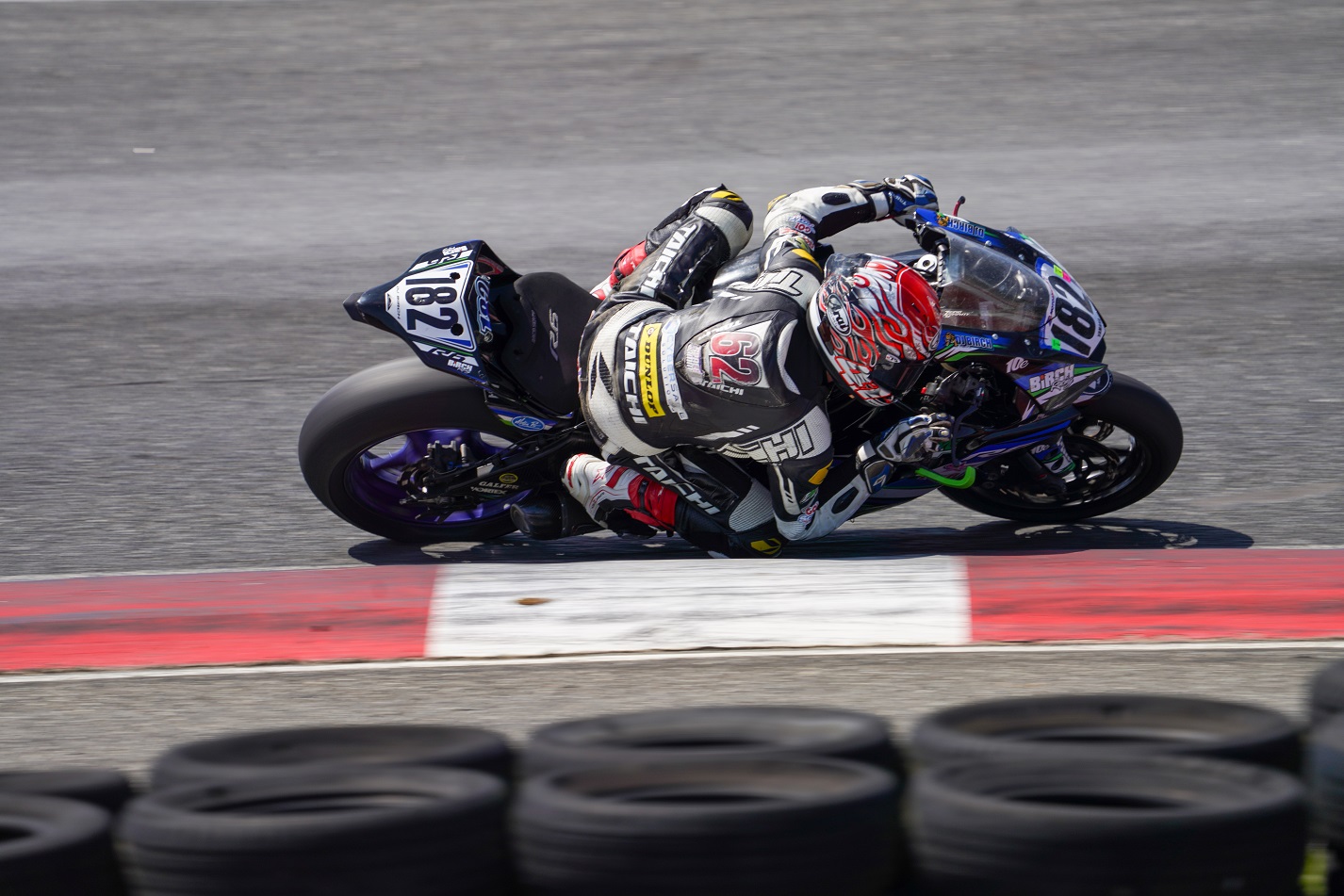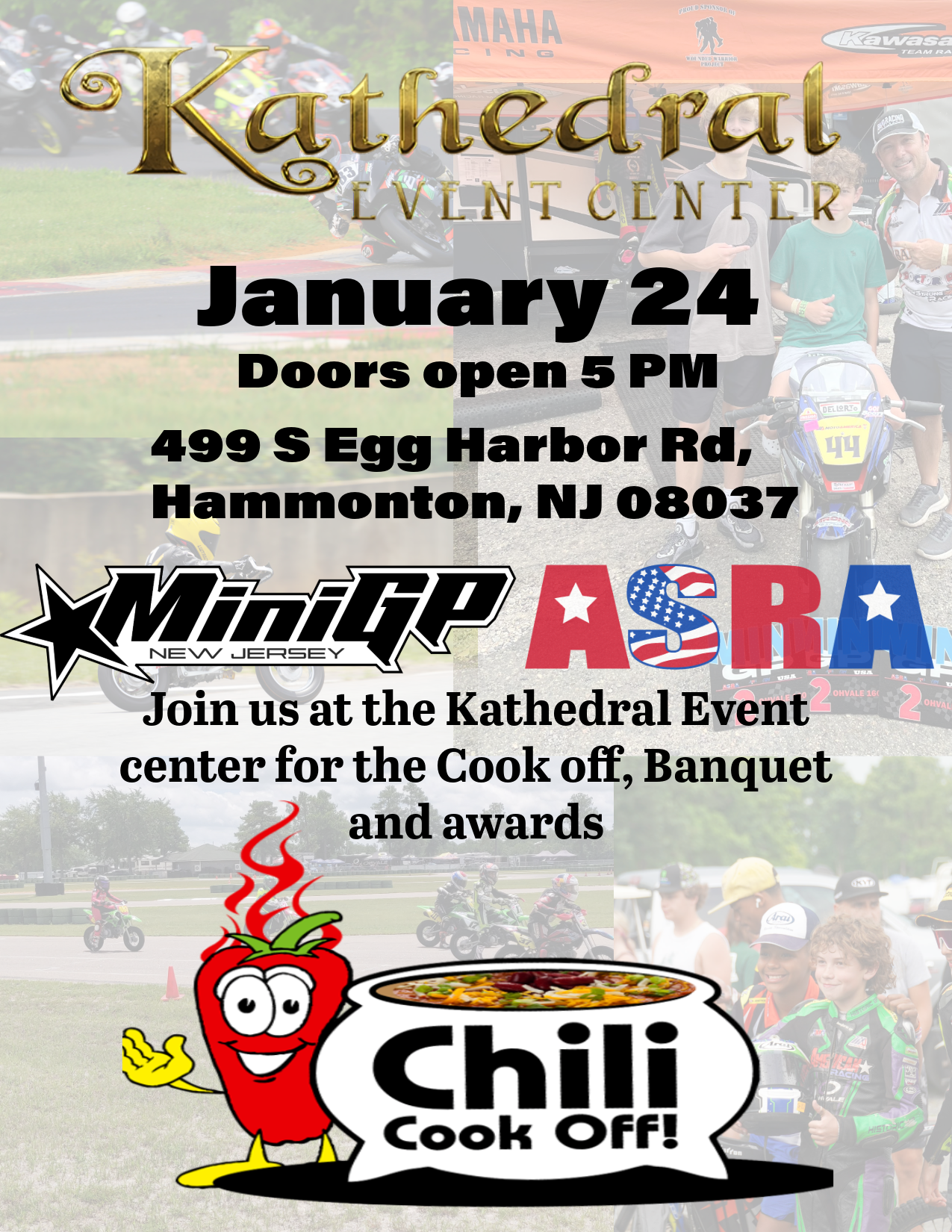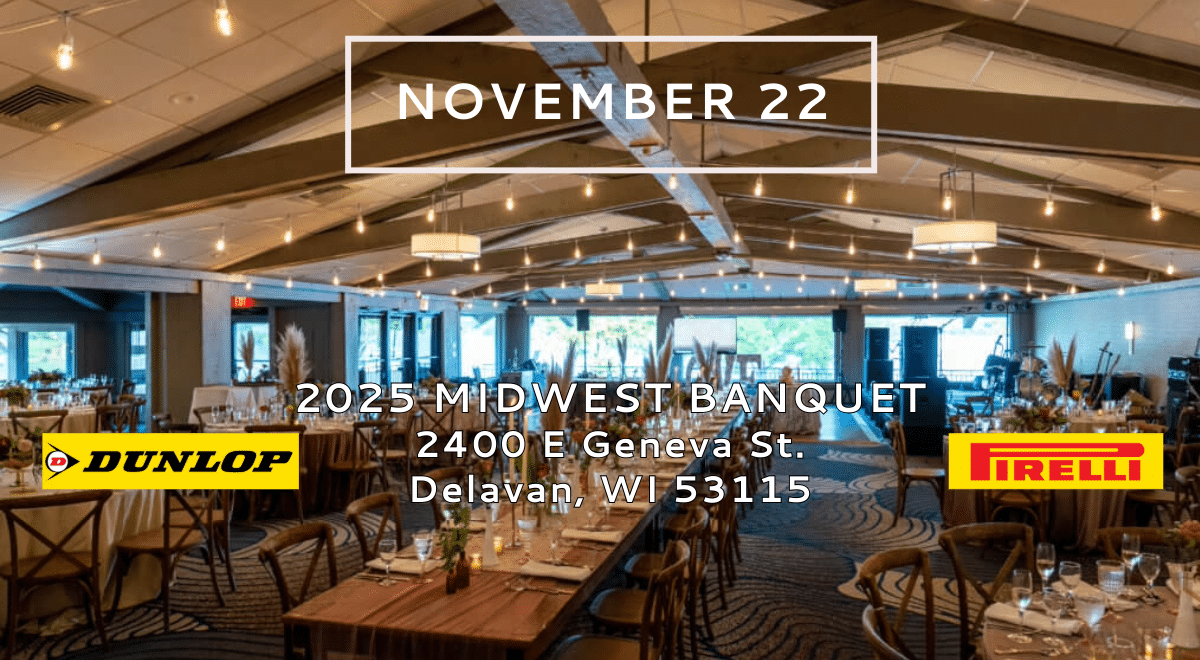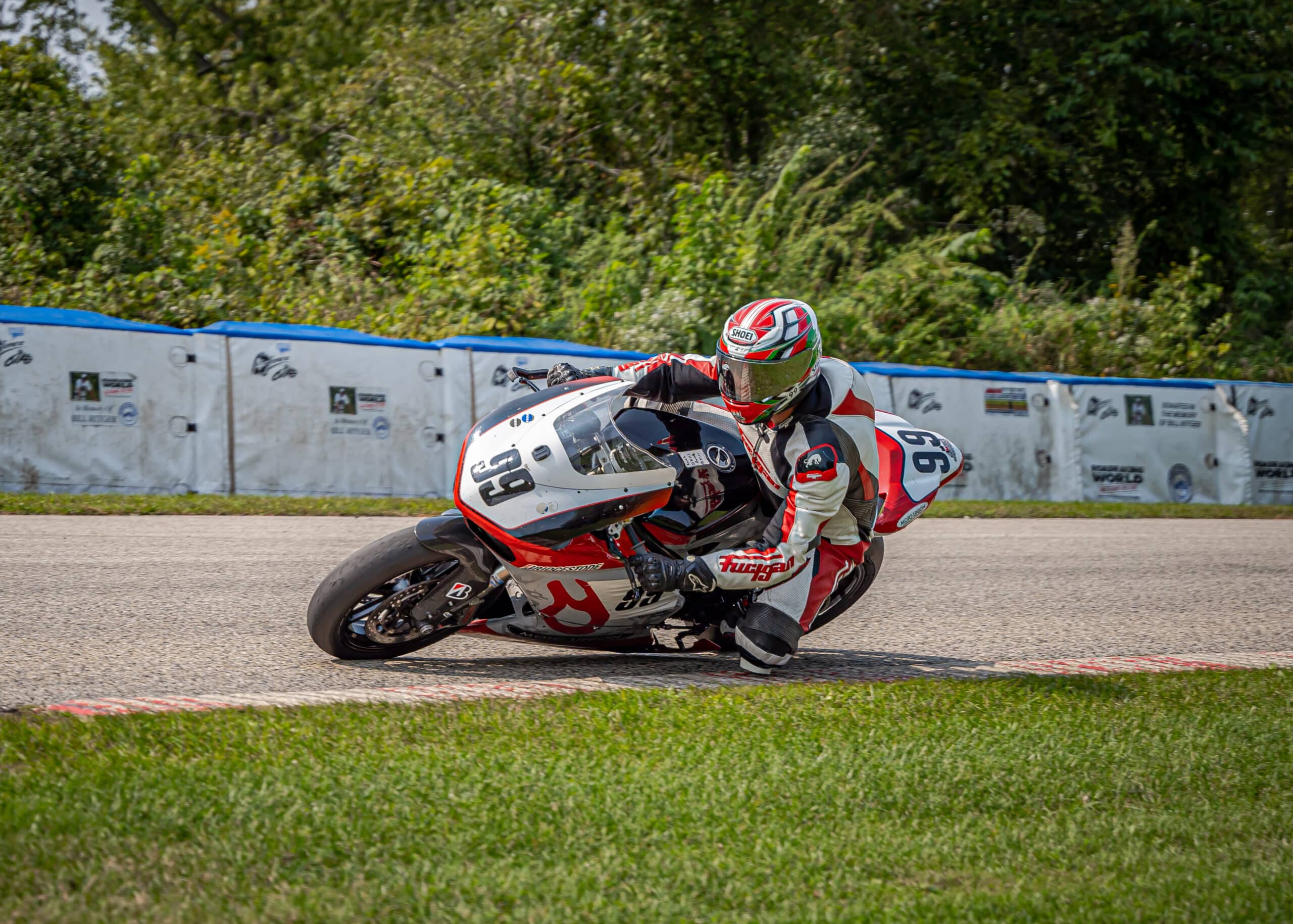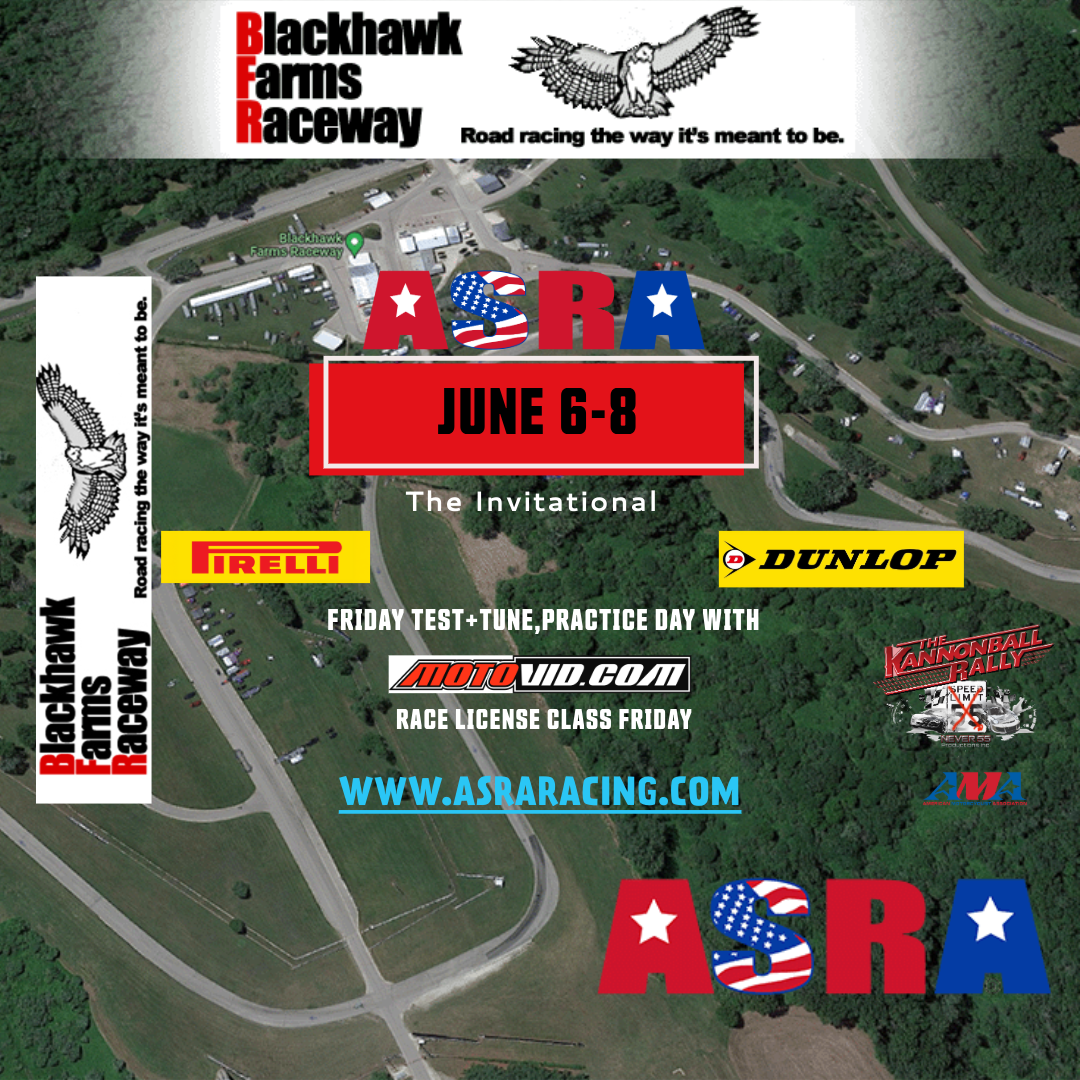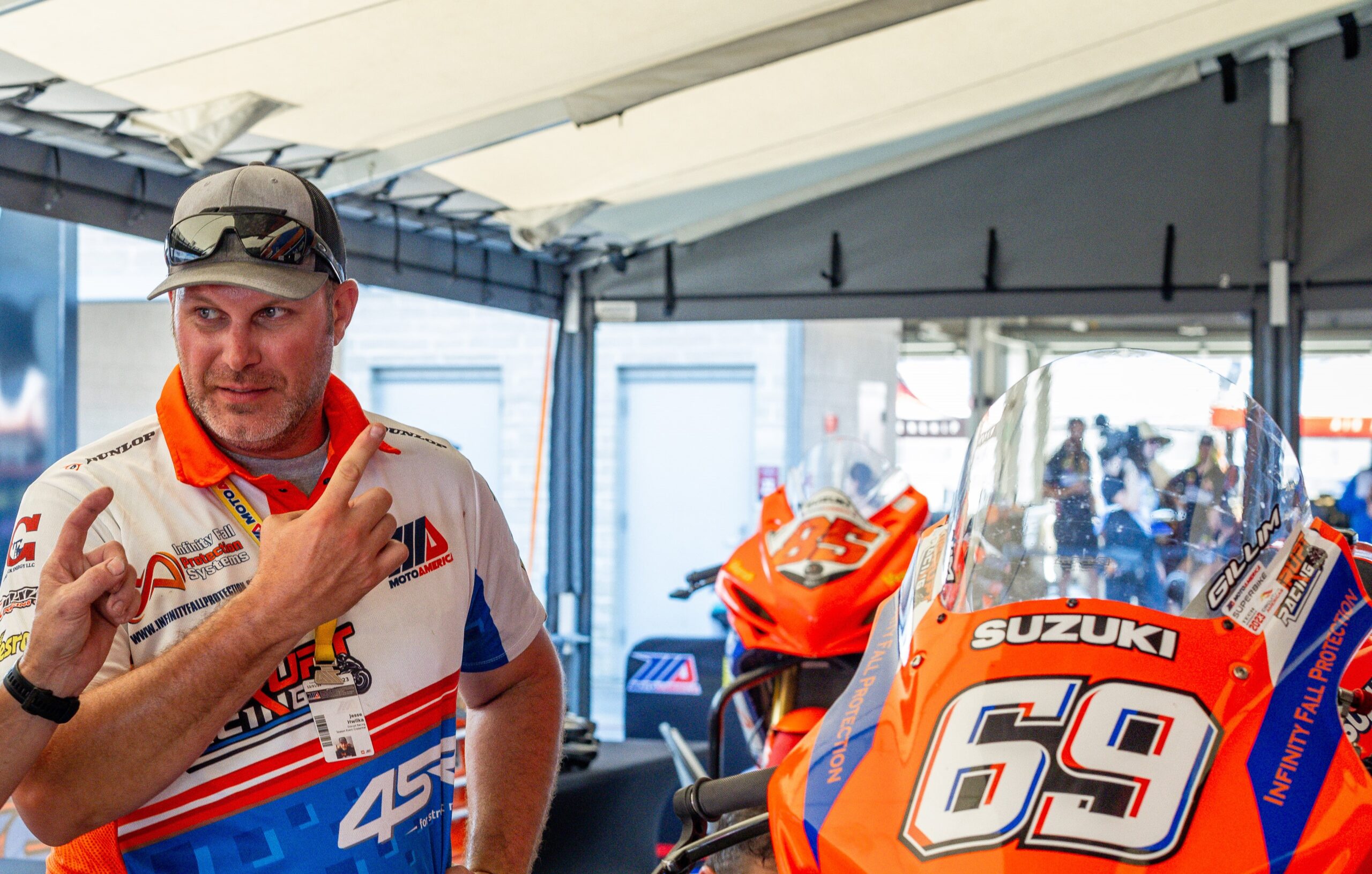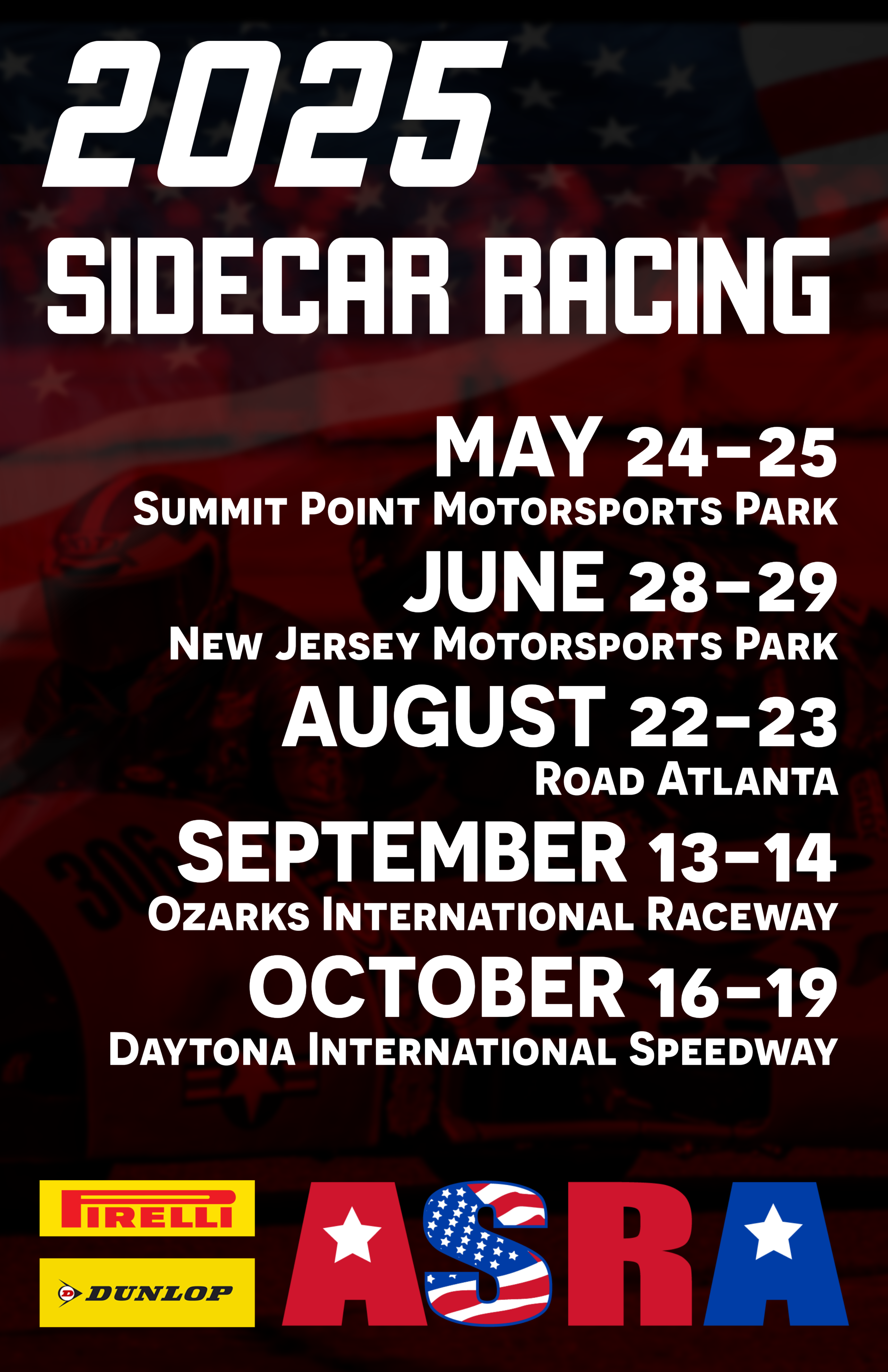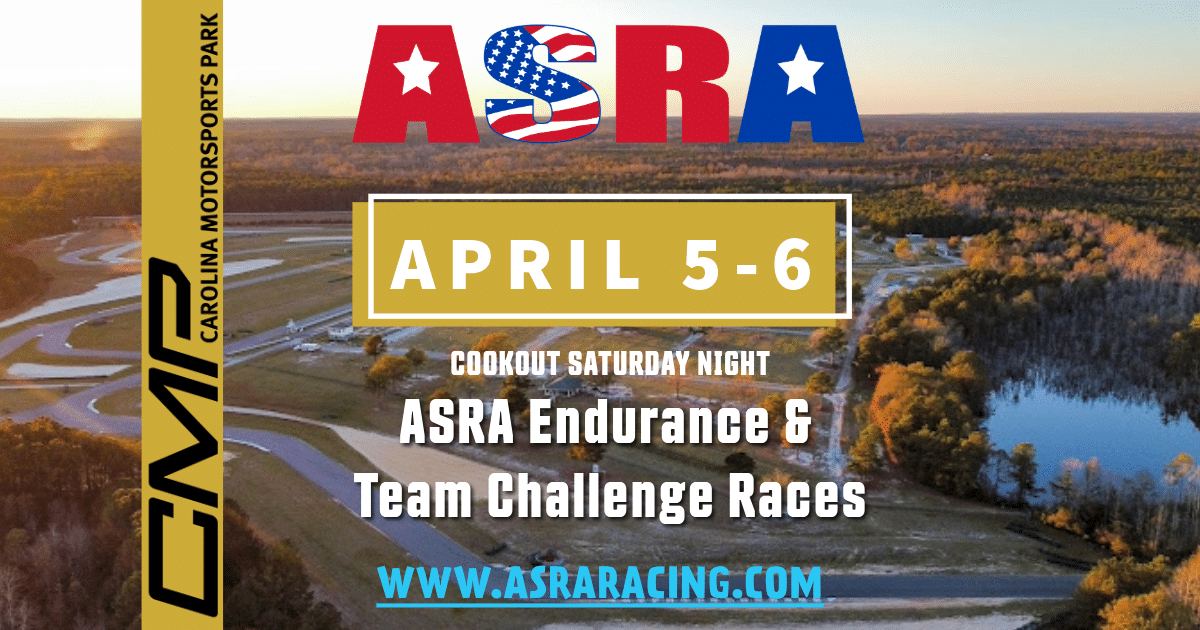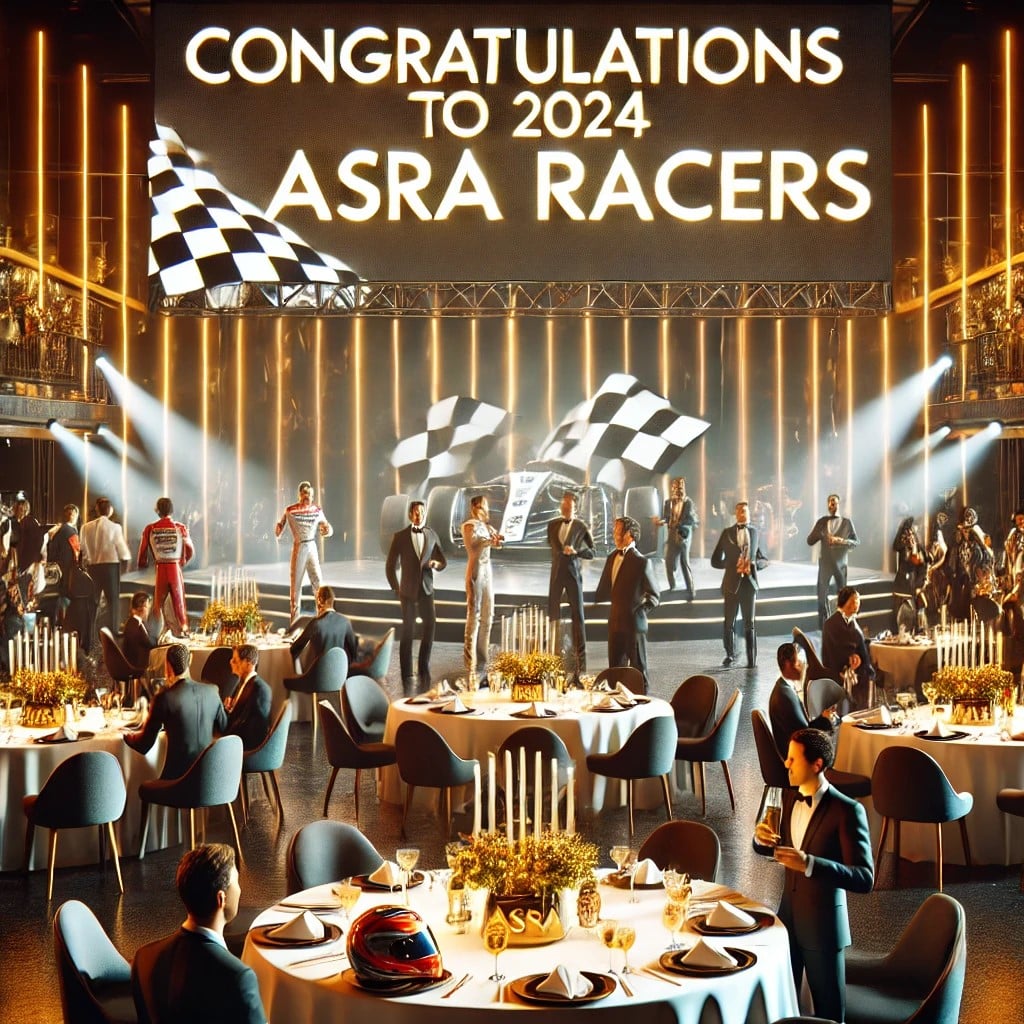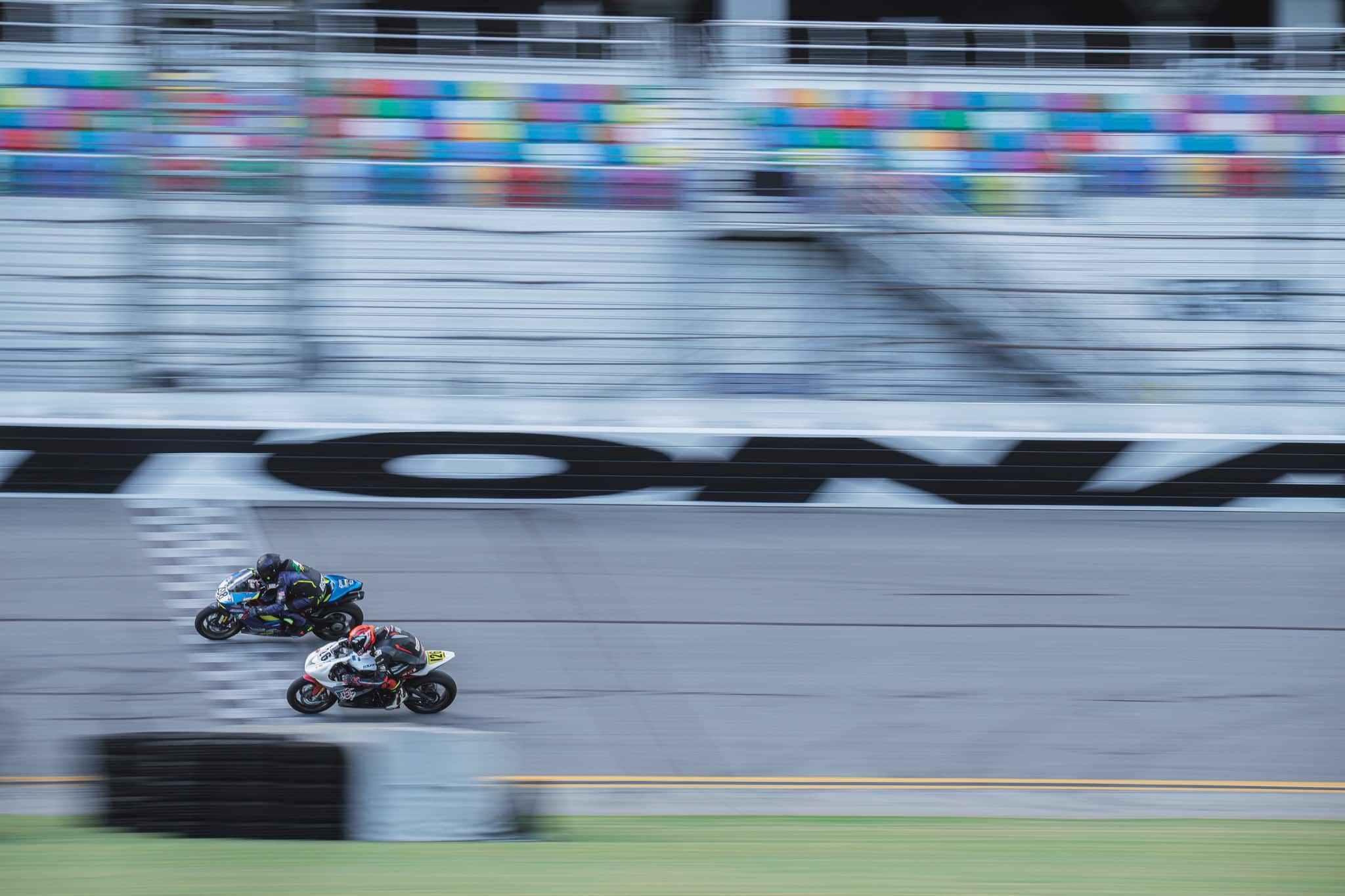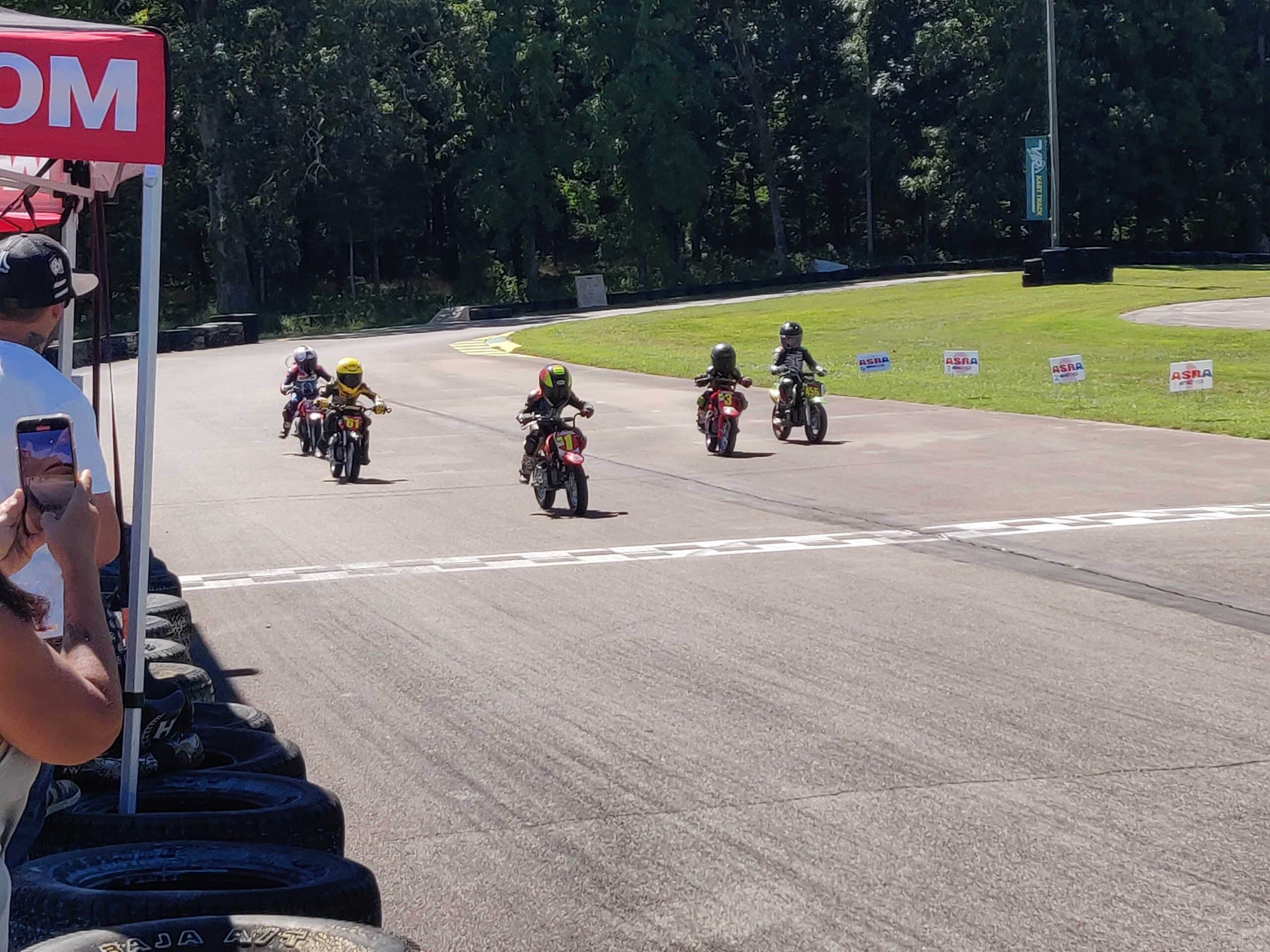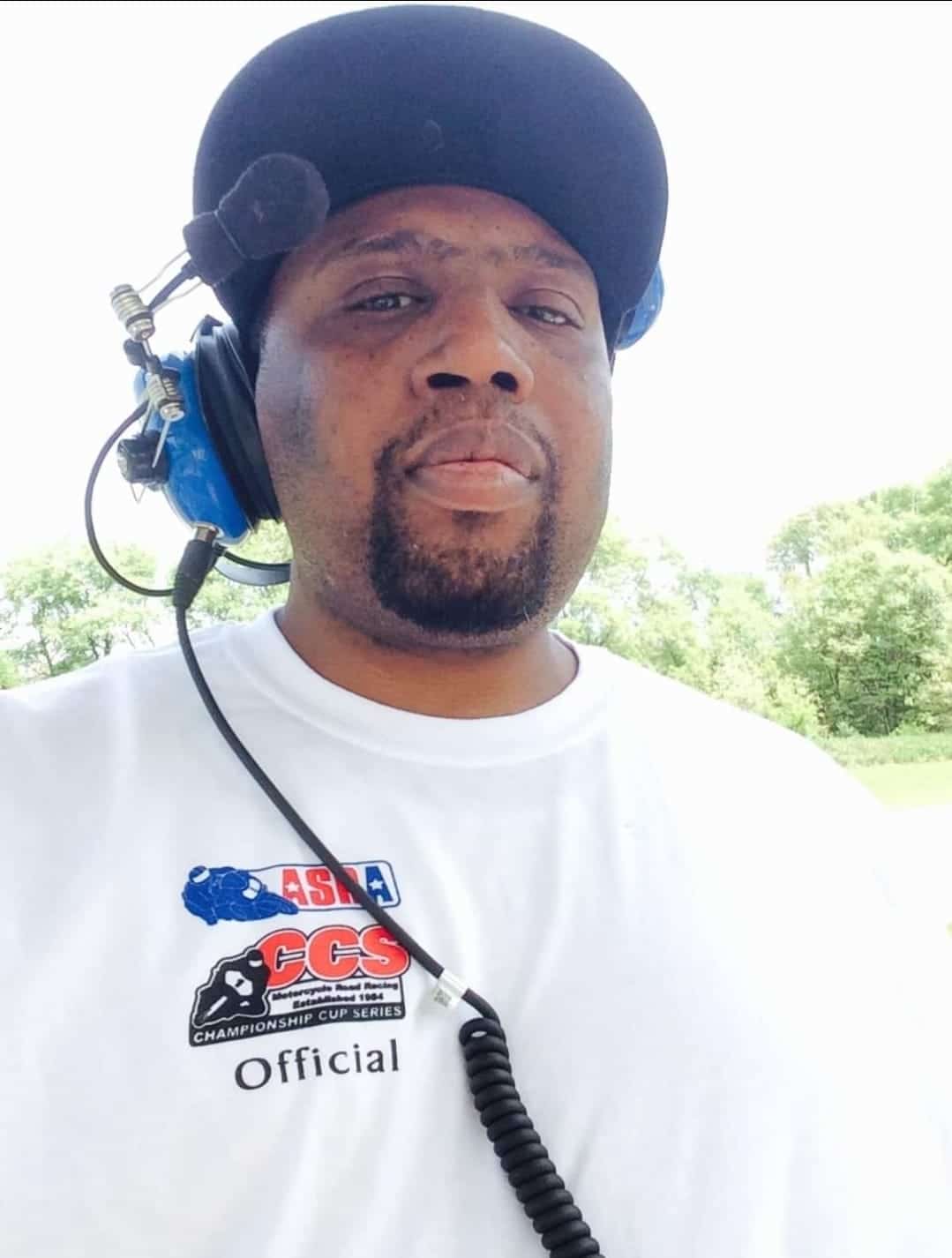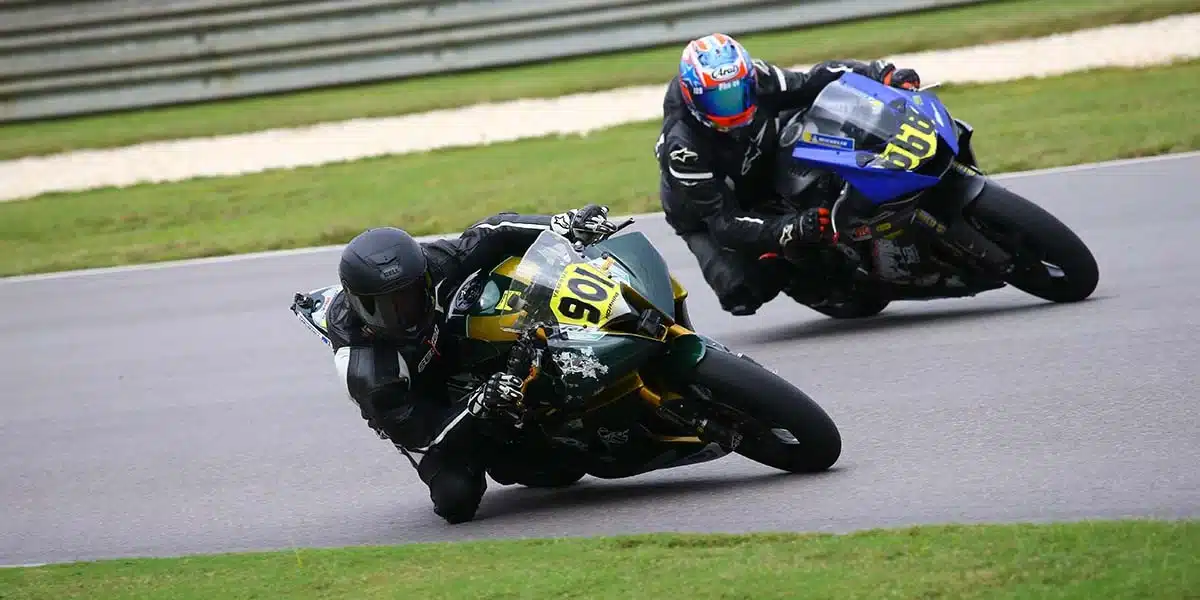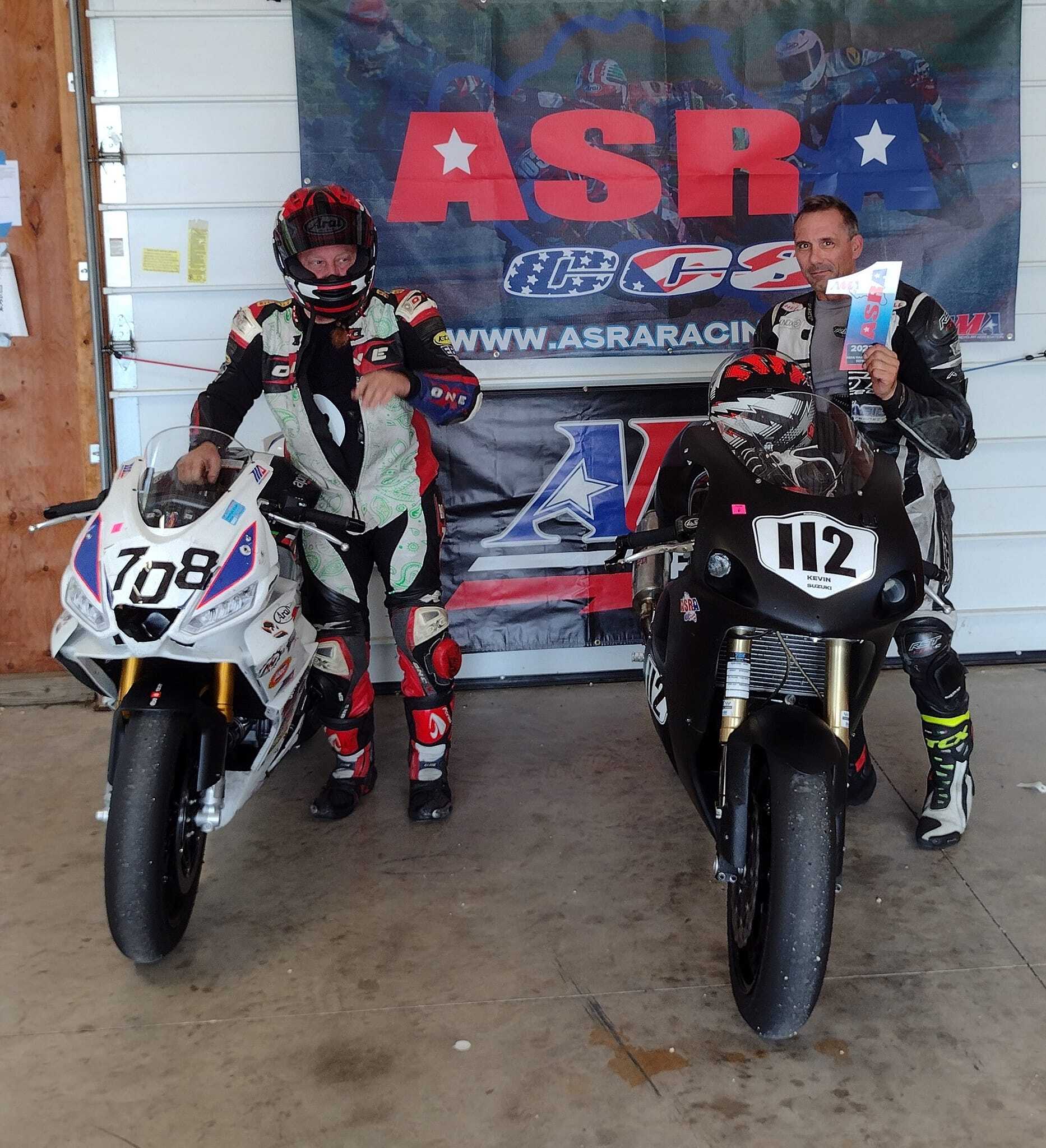In the early days of motorcycle racing, the roar of engines wasn’t accompanied by the blur of asphalt. Instead, riders battled for supremacy on a different kind of track – the board track. These wooden ovals, steeped in danger and excitement, dominated motorcycle racing from the late 1890s to the 1920s before being eclipsed by the safer, more versatile road courses. But the legacy of board tracks lives on, a testament to a bygone era of raw speed and unbridled courage.
A Design Born of Necessity:
The rudimentary motorcycles of the late 19th century weren’t built for the open road. Tires were thin and unreliable, suspension practically non-existent. Early races were often point-to-point affairs, with riders navigating unpredictable terrain and battling breakdowns as much as each other.
Board tracks offered a solution. Constructed from wooden planks laid on a sloped embankment, they provided a smooth, controlled environment for racing. The banking allowed riders to maintain high speeds while leaning into the curves, a technique still fundamental to motorcycle racing today.
Speed Demons and Dizzying Heights:
Board tracks were typically short, ranging from ¼ mile to 2 miles in length. The high banking, sometimes reaching angles of 45 degrees, created a unique set of challenges for riders. Negotiating these curves at breakneck speeds of over 100 mph required incredible skill and nerve. Riders, often with minimal leathers and no helmets, clung to their machines, relying on balance and a healthy dose of recklessness to stay upright.
The spectacle was exhilarating for spectators. Races were held in open stadiums, the roar of engines and the precarious positions of riders creating a captivating atmosphere. Board tracks became immensely popular, drawing large crowds and attracting sponsors. This led to the rise of professional motorcycle racing, with riders competing for fame and fortune.
A Dance with Death: The Dark Side of Board Tracks
However, the thrilling nature of board tracks came at a heavy cost. The unforgiving wooden surface offered little to no protection in the event of a crash. Riders who lost control or collided at high speeds often suffered severe injuries, including broken bones, head trauma, and even fatalities. The high banking also posed a danger, as riders could be thrown over the edge during a spill.
Newspapers were filled with accounts of these spectacular crashes, adding a morbid fascination to the sport. While some saw these dangers as part of the thrill, others began to question the safety of board tracks. Pressure mounted to develop safer alternatives.
The Shift to Road Courses:
The limitations of board tracks also became apparent. Their short length limited competition variety, and construction costs were high. As motorcycle technology improved, and riders craved longer, more challenging courses, the need for a new racing platform became evident.
The answer came in the form of road courses. These tracks, built on existing roads with minimal modifications, offered greater variety and a more natural riding experience. The first major road course races were held in Europe in the early 1900s, and the concept soon spread to the United States.
By the 1920s, road courses had gained favor over board tracks. Their ability to accommodate longer races, wider machinery, and a focus on rider safety made them the preferred option. Additionally, the rise of automobile racing, which also utilized road courses, further solidified their dominance.
A Legacy of Speed and Innovation:
While board tracks are no longer used for major motorcycle racing, their influence on the sport is undeniable. They served as a testing ground for early motorcycle technology, pushing the limits of speed and handling. The skills honed on the precarious wooden ovals – balance, cornering mastery, and sheer courage – translated seamlessly to the new road courses.
Some board tracks still exist today, repurposed as museums or occasional venues for vintage motorcycle races. These races offer a glimpse into a bygone era, a chance to witness the bravery and raw talent of early motorcycle champions.
The story of board tracks serves as a reminder of the constant evolution of motorcycle racing. It’s a story of innovation, fueled by the human desire for speed and competition, but also tempered by the need for safety. As new technologies emerge and rider safety becomes paramount, the future of motorcycle racing promises to be as exciting and unpredictable as the early days on the wooden velodromes.
Are you ready to write your own chapter in the thrilling story of motorcycle racing?
ASRA Racing offers a premier platform for amateur and experienced riders alike to push their limits on safe, professionally-managed road courses. We cater to a variety of skill levels and motorcycle classes, ensuring you find the perfect competition to test your abilities.
Join the ASRA Racing family and experience the exhilaration of motorcycle racing! With our commitment to safety, continuous improvement, and a welcoming atmosphere, ASRA provides the ideal environment to hone your skills, compete with like-minded individuals, and create memories that will last a lifetime.

